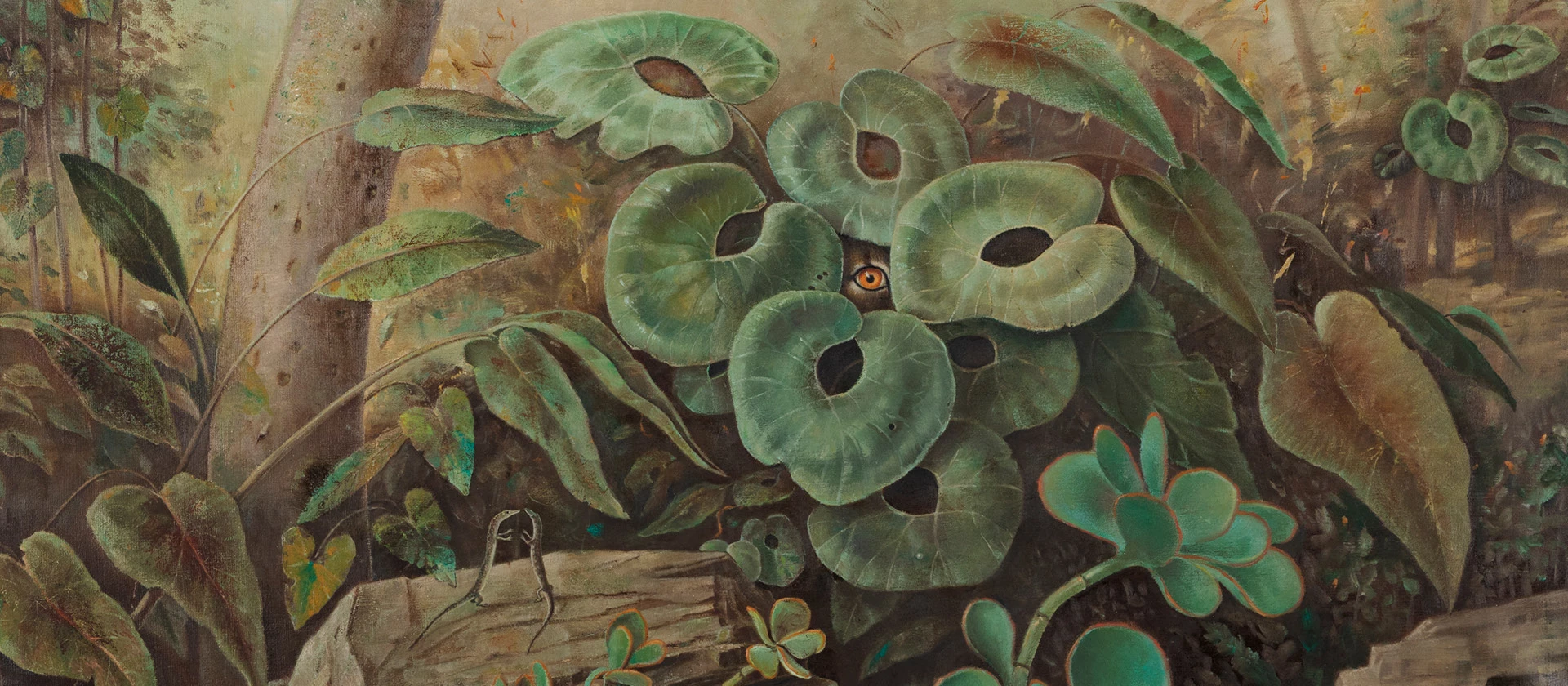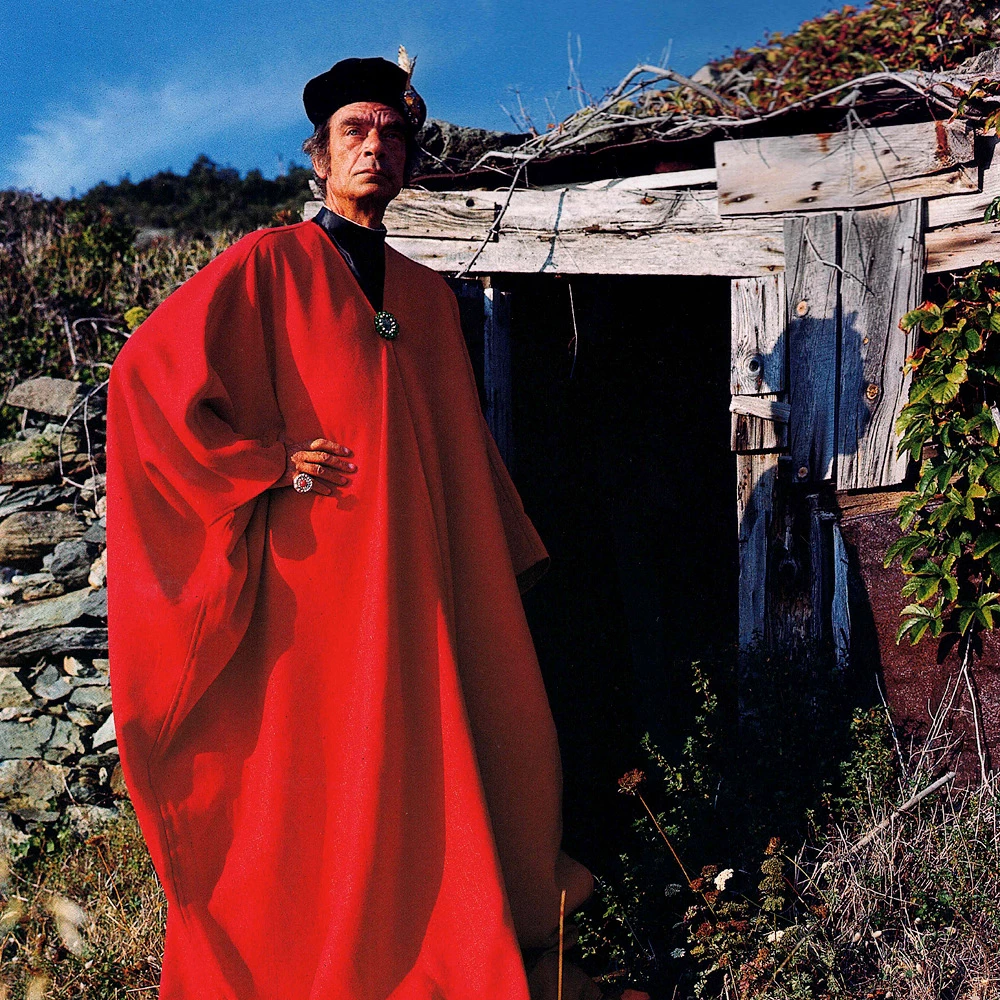Stanislao Lepri was born in Rome in 1905, into the so-called “black nobility”. As per his family tradition, Lepri followed a diplomatic career, holding the position of Italian Consul in the Principality of Monaco and in Brussels. In 1942, he met the Italian-Argentinian painter Leonor Fini, who encouraged him to pursue his passion for painting. During WWII, the two lived together in Rome. In 1946, Lepri and Fini relocated to Paris, where they shared an apartment in Rue Payenne. At the time, Lepri abandoned any political commitment to become a full-time painter. In 1952, after Fini met the Polish literary man Costantin Jelenski, the three of them lived together in a “ménage à trois”, free from all restricting conventions. They became inseparable until the end of their lives, moving from one apartment to the other, including their last home in Rue de la Vrillière. Throughout his lifetime, Lepri exhibited his works across Europe, in New York and in Cairo, working with gallerists such as Alexander Iolas and Jean Charpentier. In addition to his commitment as a painter, Lepri also worked as a theatre scenographer and illustrator. He illustrated Voyage aux États de la Lune by Cyrano de Bergerac and, in 1950, he designed the costumes of L’Armida in Florence for the Maggio Fiorentino, among others.
In his oeuvre, Stanislao Lepri visualizes an utterly strange, metaphysical, and magical world filled with melancholic exoticism, demonic powers and dreamlike figures. His paintings speak of human emotions, inner fears, desires, and distress with a sharp, satirizing irony. They are inhabited by skeletons, hooded figures, gigantic cats and monstrous animals, naked putti of Medieval and Renaissance reminiscence, which might belong to a fairy tale as well as to a nightmare. As many of the Surrealists, Lepri makes it clear that the certainties and dogmas of the past have lost their validity and universality. What is left are the invisible, governing rules of fate. These determine the existence of his figures, who are helplessly doomed to their destiny. Nothing is really as it seems. The painter shall thus read beneath the surface, drawing visions of an extra-real, surreal world that lays beyond appearances. His paintings are ultramondi metafisici, where he unveils “the unbelievable, the ambiguous, the contrary, the dark metaphor, the allusion, the astute, the sophism” which pervade the labyrinthic, modern world.
In Europe, works by Stanislao Lepri can be found in the collections of the Musée d’Art Moderne de la Ville de Paris, France, the Galleria Nazionale d’Arte Moderna, Rome, Italy, the Musée d’Art Moderne, Lodz, Poland. In the United States, the MoMA has one work by Lepri in its collection, Banquet (1945), which was donated to the museum by Mr. and Mrs. De Menil. The work was included in the famous exhibition XX Century Italian Art – held at the museum from June 28 to September 18, 1949, alongside works by major Italian modern masters, including Carlo Carrà, Giorgio de Chirico and Giorgio Morandi. Banquet was also included in the exhibition Paintings from the museum collection at MoMa, which celebrated the museum’s 25th anniversary by displaying four hundred works from its collection.

